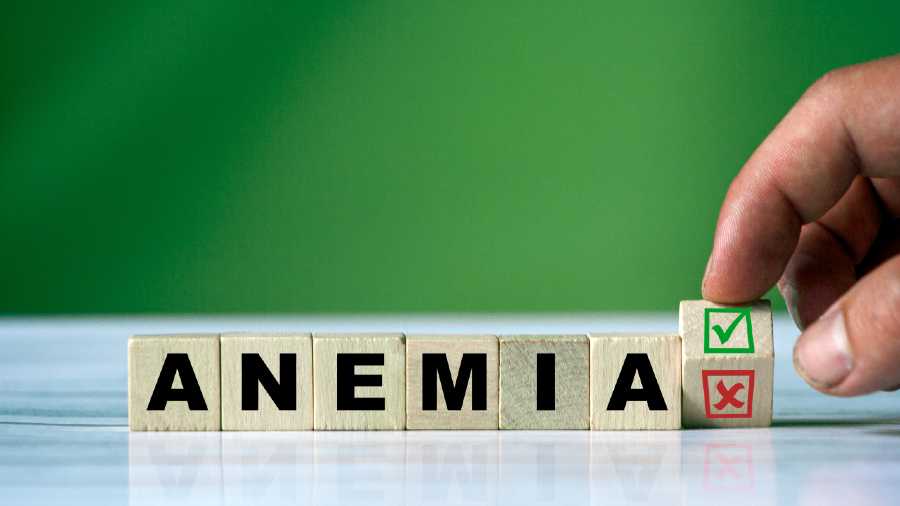The percentage of anaemic children in Jharkhand has dropped marginally in the past five years even though figures have been rising nationally, the latest National Family Health Survey (NFHS-5) 2020-21 has revealed. The state's neonatal mortality rate has also fallen, indicating that more number of newborns are likely to survive.
According to NFHS-5, at least 67.5 per cent children between six to 59 months were anaemic in Jharkhand in 2020-21. NFHS-4, conducted in 2015-16, puts the percentage of anaemic children in the state at 69.9, which is higher than the latest figure.
However, the percentage of anaemic children in India was 58.6 in 2015-16. And this figure jumped to 67.1 per cent in 2020-21, NFHS-5 highlights.
Even though Jharkhand has witnessed a marginal drop in the percentage of anaemic children, anaemia continues to be a concern in the state. According to the World Health Organisation (WHO), if the prevalence of anaemia in a population is 40 per cent or higher it is categorized as a severe public health problem.
According to NFHS, anaemia is a condition that is marked by low levels of haemoglobin in blood. Iron deficiency is estimated to be responsible for about half of all anaemia globally, but anaemia can also be caused by malaria, hookworm and other helminths, nutritional deficiencies, chronic infections, and genetic conditions. Anaemia can result in maternal mortality, weakness, diminished physical and mental capacity and increased morbidity from infectious diseases, the NFHS states in its latest report.
The Niti Aayog, as per its annual report, sanctioned comprehensive projects to reduce anaemia and malnutrition in Jharkhand in the past couple of years. This, officials said, could be a reason for a drop in the number of anaemic children in the state.
The percentage of women, betwen 15 and 49 years, suffering from anaemia has, however, increased slightly in the past five years in Jharkhand. In 2020-21, at least 65.7 per cent non-pregnant women in the same age bracket suffered from anaemia in the tribal state. This figure was 65.3 per cent in 2015-16.
In India, the percentage of non-pregnant women suffering from anaemia was 53.2 in 2015-16. This figure rose to 57.2 per cent in the latest NFHS findings.
The chances of survival of a newborn baby have increased in Jharkhand in the past couple of years. According to NFHS-5, Neonatal Mortality Rate in the state dropped from 33 per cent in 2015-16 to 28.2 per cent in 2020-21. Infant Mortality Rate and Under Five Mortality Rate also dropped during this period. As per NFHS-5, the Infant Mortality Rate in Jharkhand dropped from 43.8 per cent in 2015-16 to 37.9 per cent in 2020-21. Under Five Mortality Rate dropped from 54.3 per cent to 45.4 per cent during this period in Jharkhand.










